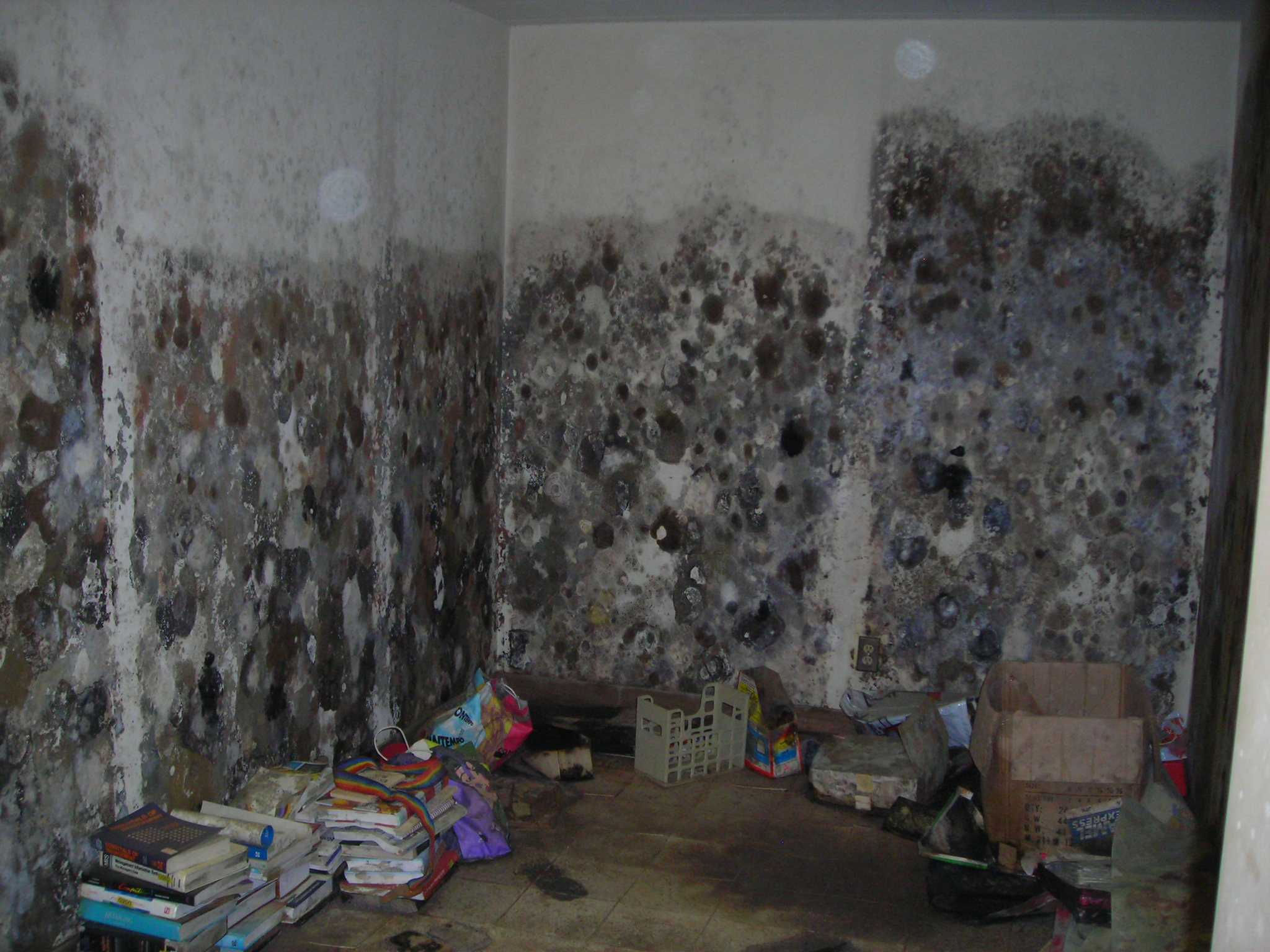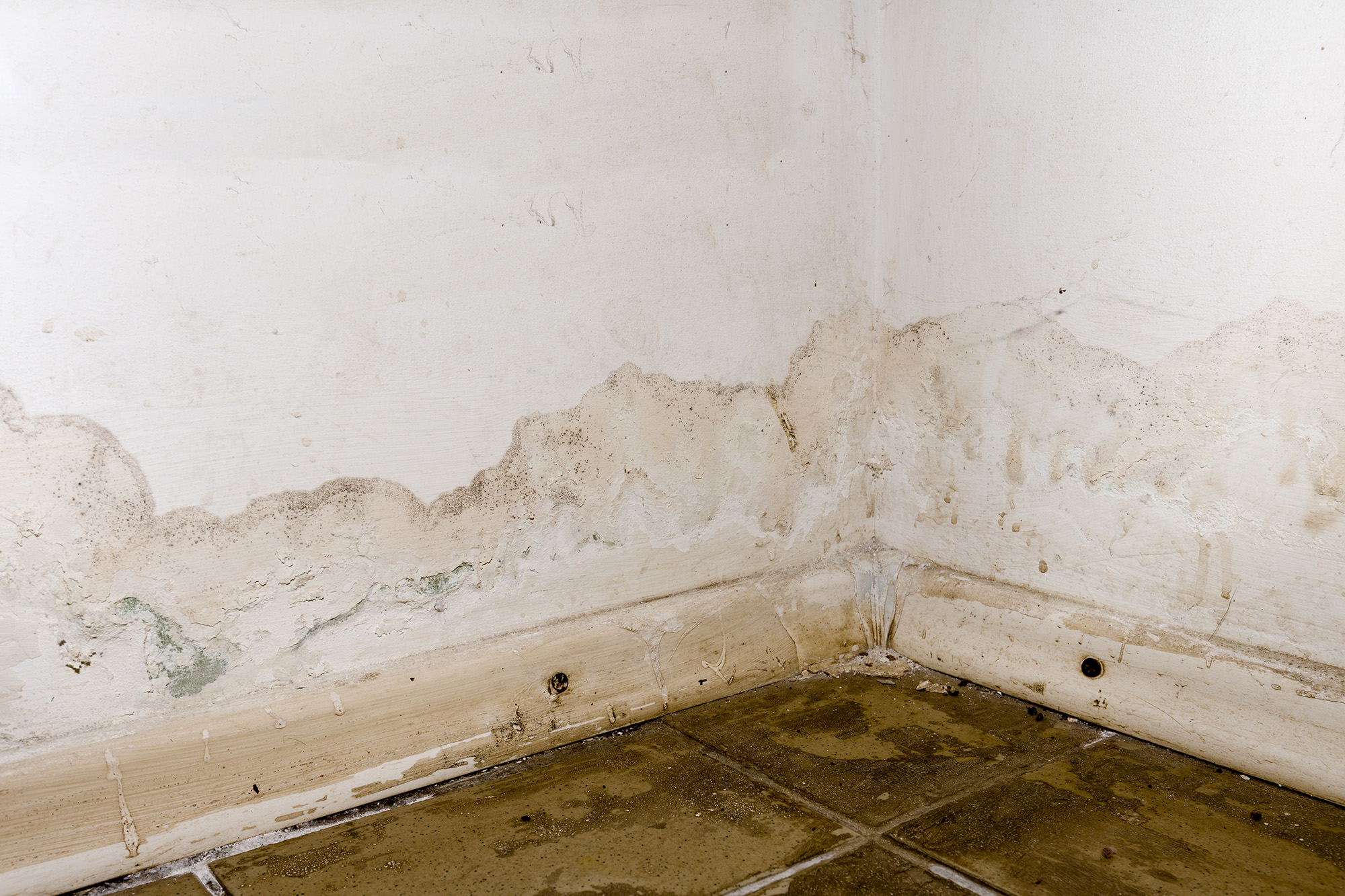
- Products
- Why Nudura
- Nudura Project Applications
- Training Academy
- Resources
- Company
How ICF Construction Simplifies Home Remediation After Flood Damage
 By Timothy Baker
By Timothy Baker
t.baker@legendbrands.com
In the aftermath of a flood or hurricane, remediating a home for water damage requires immediate action and can be expensive. As water floods in and saturates a wood-frame home, the likelihood of mold and rot increases significantly, so restoration steps should begin as quickly as possible to minimize further risk to the occupants’ health and the structural integrity of the house.
In contrast, a home constructed with Insulated Concrete Forms is not only more durable to withstand the initial natural disaster, it’s also easier to remediate in the case of water intrusion. Let’s look at the drying and reconstruction processes for different building materials so you can see how the technologies compare in the aftermath of standing water.
Remediation of a Wood-Frame House
Wood framing is the most common method of construction for residential buildings today. However, its organic nature leaves it vulnerable to degradation, especially after a hurricane or flood. Mold can form on structural lumber soon after becoming abnormally wet, so immediate action is critical to protecting the structure to prevent mold and wood rot.
The following steps may vary depending on the level of contamination of the water. Note that Category 3 water, which includes harmful disease-causing sewage, requires expert support.

- Pump out the standing water.
- Remove all affected areas of drywall, batt insulation, etc.
- Clean and disinfect affected areas.
- Dry out the structure by circulating the air and installing dehumidifiers.
- Thoroughly drying out a wood structure can take 3-4 days or more, and requires regular moisture readings to ensure impacted lumber reaches the dry standard.
- For more details on the drying process, check out this guide from our sister company, Legend Brands.
- Begin reconstruction, including replacing any damaged wood studs and installing new drywall.
All the steps above are contingent upon having a safe working environment and a reliable source of electricity to run dehumidifiers and air movers to circulate the air. In the case of power outages, this process may be delayed.
Restoration of a Cinder Block House
Many houses today, especially those in more hurricane-prone areas, are constructed with cinder blocks, also known as CMU or concrete masonry unit. CMUs are common foundational materials but are more porous than poured concrete and are often hollow, providing cavities for water to sit in after flooding. In some cases, to effectively dry the cinder block walls, contractors have to drill holes in the CMU blocks to drain out the excess water. All of this adds time and cost to the remediation process. While the concrete is inorganic and therefore not prone to mold, the blocks take longer to dry out than wood when deeply saturated. If not dried very deeply and thoroughly, high humidity will be generated from the excess moisture that should have been removed, supporting mold growth on the wooden structural members and drywall. This can result in lawsuits and will make professional mold remediation necessary after the building has been supposedly “restored”.
Remediating ICF Homes After a Flood
One of the key benefits of ICF construction is that the closed-cell EPS foam insulation is inorganic and cannot absorb water, alleviating concerns about remediating or replacing structural components due to the fungal activities of mold, dry rot, or wet rot. The monolithic concrete core provides no open cavities for the water to build up, and since concrete is just as strong at an elevated moisture content, the structural integrity of the walls will not be compromised. With a home built with Insulated Concrete Forms, in the aftermath of a natural disaster, you can start reconstruction almost immediately. Here’s how that process would look:
The monolithic concrete core provides no open cavities for the water to build up, and since concrete is just as strong at an elevated moisture content, the structural integrity of the walls will not be compromised. With a home built with Insulated Concrete Forms, in the aftermath of a natural disaster, you can start reconstruction almost immediately. Here’s how that process would look:
- Pump out any standing water.
- Remove affected areas of drywall.
- Clean and disinfect affected areas to remove any contaminants.
- Reinstall drywall.
Best Construction Method for Resiliency
Let’s face it, there’s nothing we can do individually to prevent natural disasters, but we can take steps to maximize the resiliency of our homes to withstand their harmful effects, such as high winds, flying debris and flooding. In areas with a high water table, basement floods may come as a result from non-emergent occurrences, but still lead to much more costly remediations, restorative drying processes and renovations.
To proactively protect your house and your family, building with Insulated Concrete Forms is the best way to minimize damage and gain faster recovery for your home.
If you’re actively dealing with flooding, here are some additional ways to minimize risk during the cleanup.
And if you anticipate floods or hurricanes in your area, check out these resources to effectively monitor incoming storms.
CONTACT US
We’re committed to supporting homeowners and design professionals who are interested in or use our products. We’re always happy to help and provide more information.




